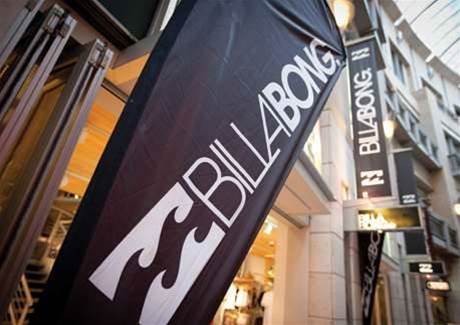Billabong's IT
- Published
Billabong's technology-enabled transformation efforts have helped deliver the retailer its first annual profit in four years, two years into its major strategic turnaround.

The company today revealed a net profit of $4.2 million for the 2015 fiscal year, a significant improvement on the $233.7 million loss it experienced the same time last year. Group revenue came in at $1 billion.
It's the first time in four years the troubled company has posted an annual profit.
In 2012, following an $860 million loss, Billabong said it would embark on a turnaround strategy aimed at restoring its fortunes by positioning the company in the modern era of retail. Its seven-step path to profitability was outlined towards the end of 2013.
Technology was highlighted as one of four "organisational enablers" in the turnaround, with e-commerce representing a key plank. The endgame was a tightly integrated bricks-and-mortar and online retail approach.
Billabong identifed the need to build out its CRM and online retail capabilities in order to better serve customers and make the best of use of the data it collects.
The company has been struggling with a disparate and regionally-based technology ecosystem, which involved numerous different ERP, warehousing, commerce and email systems, and different application stacks.
Billabong had effectively been run as three separate companies, each with their own IT environment.
According to CEO Neil Fiske, the company had also suffered from trying to do too many things - including being a pure-play online retail business - and "none particularly well".
It made the move globally to a single business intelligence system, underpinned by SAP Business Objects, and earlier this year signed up with NetSuite for its cloud-based financial, ERP and commerce software globally to support its omni-channel approach.
The company is hoping the NetSuite rollout will allow it to gain a single view of the customer in real-time.
Billabong is aiming to grow its revenue from e-commerce from $25 million to $100 million by the completion of its turnaround plan, which is expected to take place in FY16.
To get to that goal, it will need to complete its remaining technology consolidation and transformation work.
Already, it has shifted all 13 of its brand websites from three separate e-commerce platforms onto one globally, and is working towards consolidating nine customer databases into one centralised system.
It has partnered with demand management solution provider JustEnough as well as NetSuite, and will pilot the latter's software in the first half of next year. Part of that project involves the consolidation of 22 front-end and 21 back-end systems and 26 applications.
"The strategy is working," Billabong said today.
"Our vision is simple - strong global brands operating on global platforms," Fiske said.
"While this remains a complex challenging turnaround in an uncertain economic environment, on balance more things are working for us than against us."